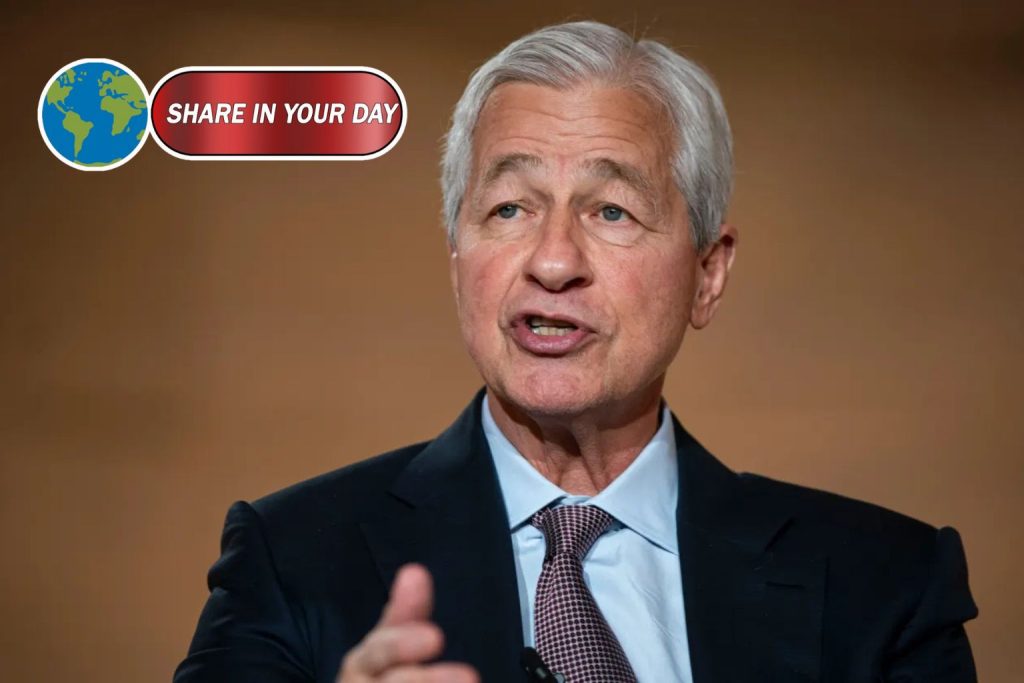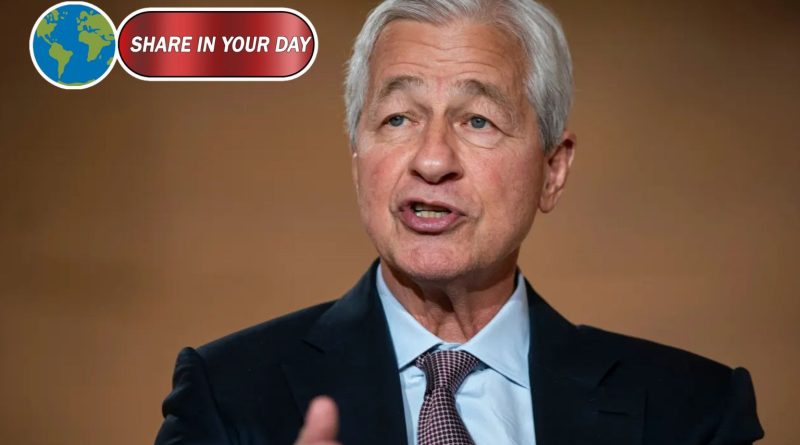Jamie Dimon Warns Auto Bankruptcies Signal Lax Corporate Lending Standards
JPMorgan Chase CEO Jamie Dimon has issued a stark warning about the state of corporate credit markets, pointing to recent bankruptcies in the auto sector as early signs of systemic excess built up over more than a decade of loose lending.

Speaking Tuesday on an earnings call with CNBC and analysts, Dimon described the collapse of auto parts firm First Brands and subprime car lender Tricolor Holdings as indicators that years of easy money and risk-tolerant lending are catching up with the financial system.
“We’ve had a credit bull market now for the better part of, what, since 2010 or 2012? That’s like 14 years,” Dimon said. “These are early signs there might be some excess out there because of it.”
His comments came after JPMorgan posted stronger-than-expected quarterly results, largely driven by a surge in institutional trading. Yet much of the focus during the earnings discussion centered around credit losses — particularly those linked to the troubled auto sector.
‘One Cockroach Means More’: Dimon’s Blunt Assessment
Dimon, known for his frank style, offered a pointed analogy when asked about the collapse of Tricolor, a subprime auto lender that received funding from multiple U.S. banks.
“When you see one cockroach, there are probably more,” he told analysts. “Everyone should be forewarned on this one.”
JPMorgan recorded a $170 million charge-off related to Tricolor in the quarter, a rare blemish for the nation’s largest bank by assets. While it avoided losses from First Brands, other institutions weren’t as fortunate. Jefferies reported $715 million in exposure tied to clients holding First Brand inventory, while UBS acknowledged $500 million in related risks. Regional lender Fifth Third disclosed up to $200 million in impairments tied to Tricolor, which Bloomberg reported involved alleged fraud.
CFO Admits: ‘Not Our Finest Moment’
JPMorgan Chief Financial Officer Jeremy Barnum acknowledged the misstep on Tricolor, stating that while the bank strives for risk discipline, certain exposures are sometimes unavoidable.
“It is not our finest moment,” Dimon added, emphasizing the bank’s process of post-mortem reviews. “When something like that happens, you could assume that we scour every issue. … The discipline is to look at it in cold light and go through every single little thing.”
Despite these challenges, Barnum noted that key credit metrics remain stable. Delinquencies and defaults are not yet rising at levels that would indicate broad consumer distress, though the bank is closely monitoring labor market trends for early signs of weakness.
Broader Concerns: What Happens in a Downturn?
Dimon’s warning carries extra weight given his history of navigating financial crises. He expressed concern that if the U.S. economy dips into recession, the cracks already appearing in corporate lending could widen quickly.
The U.S. auto sector — long considered a bellwether for credit risk — appears especially vulnerable. Years of aggressive lending, combined with pandemic-era supply chain shocks and tariff pressures under the Trump administration, have left many firms overleveraged and exposed.
“If we ever have a downturn,” Dimon said, “you’re going to see quite a bit more credit issues.”
As markets digest the implications of these failures, investors and regulators alike are paying close attention to how major financial institutions respond — and whether more “cockroaches” will soon emerge.




